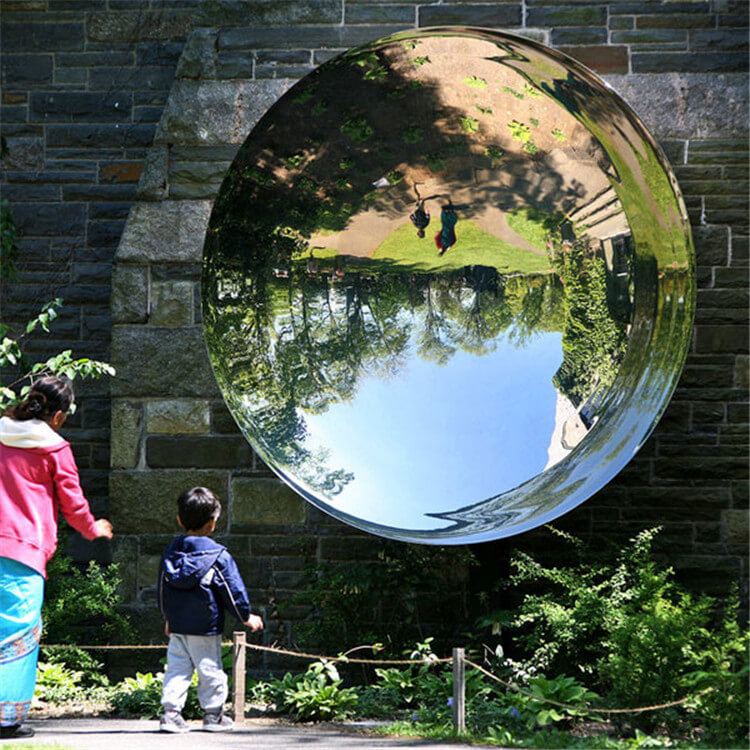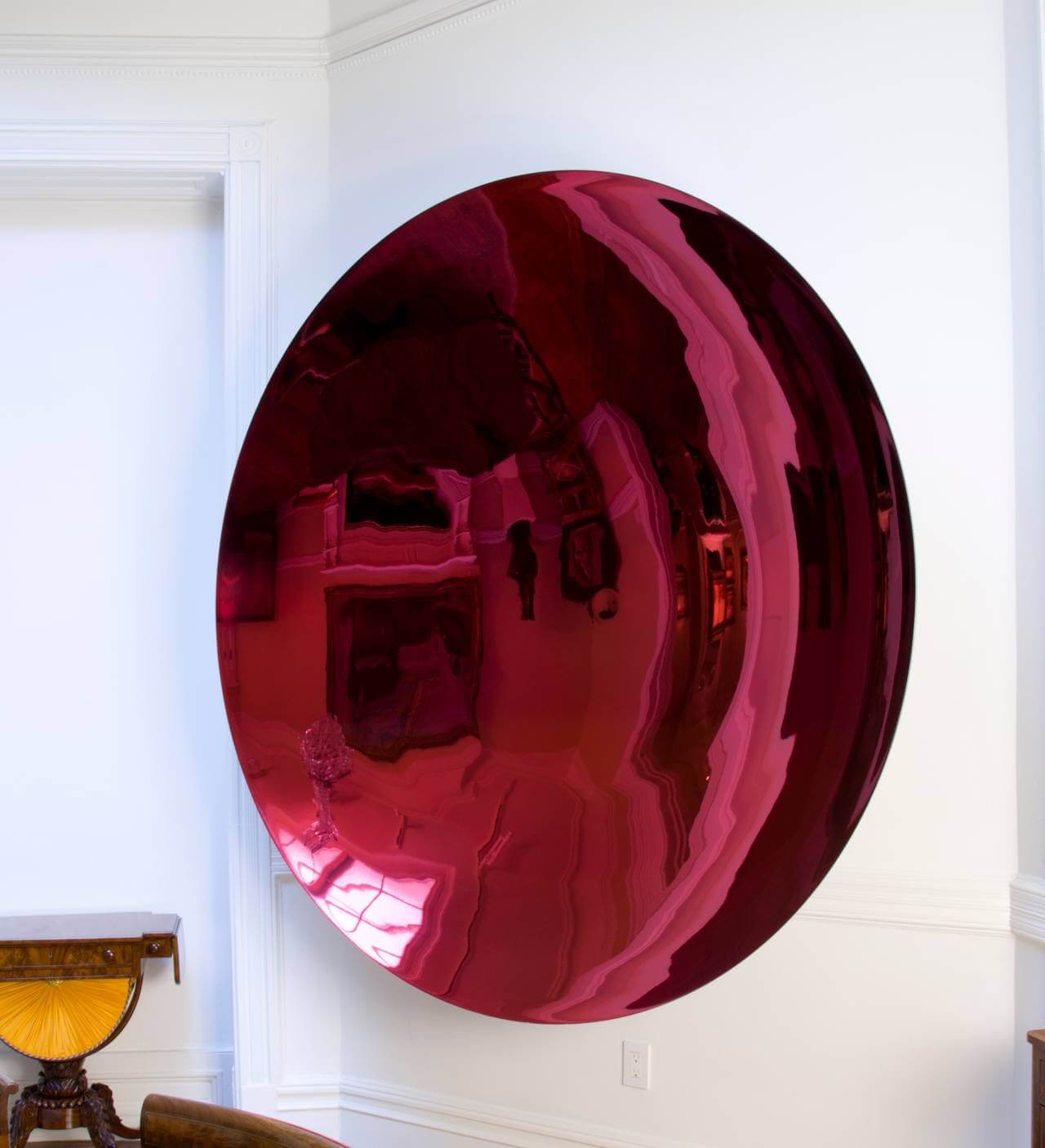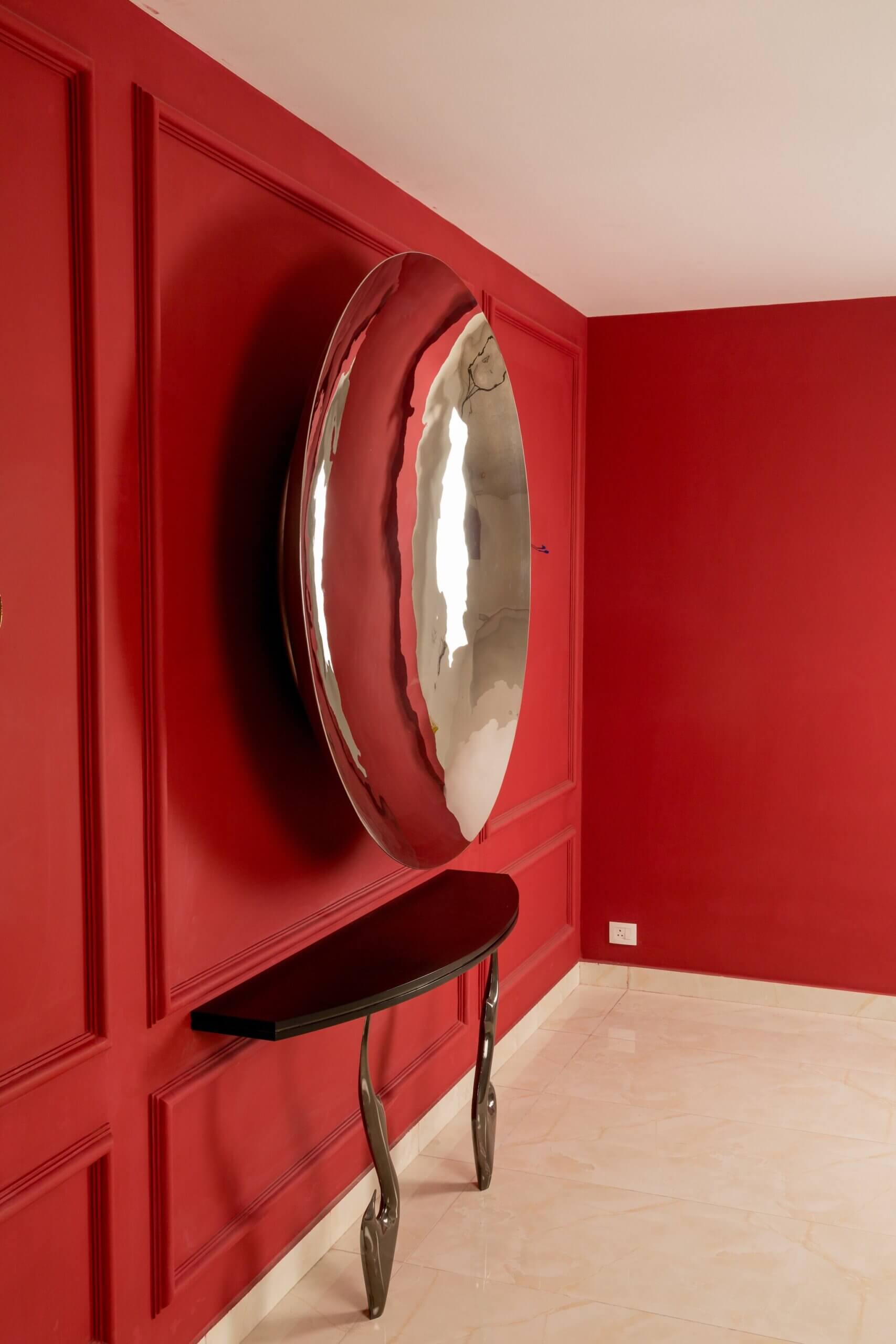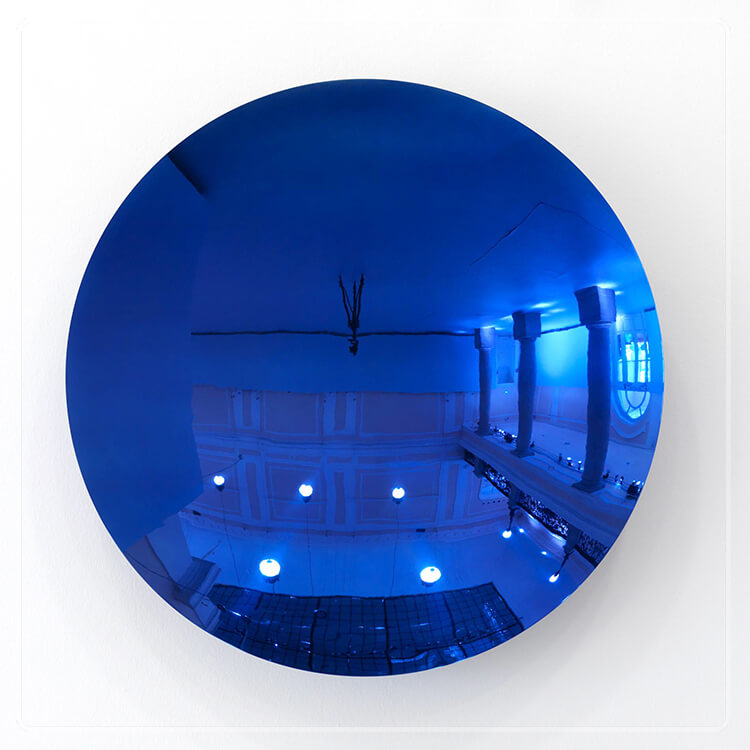




-
- Garden Decoration Sculpture
- Corten Steel Sculpture
- Animal Sculpture
- Sphere Sculpture
- Water Fountain Sculpture
- Wall decoration
- VFX ball
- Abstract sculpture
- Water Drop Sculpture
- Newsletter
- Shanghai Jundong Info Tech Co.,LTD
Material thickness: 3mm
Size: Diameter 200mm-1700mm(Other sizes can be customized)
Process: Surface polishing mirror, electroplating color.





led lights FAQ
led lights FAQ with answer
LED lights have become increasingly popular in recent years, as they offer numerous benefits over traditional lighting options. However, many people still have questions about LED lights and how they compare to other types of lighting. In this article, we will answer some frequently asked questions about LED lights.
Q: What does LED stand for?
A: LED stands for Light Emitting Diode. It is a semiconductor device that emits light when an electric current passes through it.
Q: How do LED lights work?
A: LED lights work by using a semiconductor material that emits light when an electrical current is applied. Unlike traditional incandescent bulbs, LED lights do not rely on a heated filament to produce light. This makes LED lights more energy-efficient and longer-lasting.
Q: Are LED lights energy-efficient?
A: Yes, LED lights are highly energy-efficient. They consume up to 80% less energy than traditional incandescent bulbs, making them a cost-effective option in the long run. LED lights also have a longer lifespan, typically lasting up to 50,000 hours or more, which means fewer replacements and reduced maintenance costs.
Q: Are LED lights better for the environment?
A: LED lights are considered more environmentally friendly than traditional lighting options. They do not contain harmful substances like mercury, which is commonly found in compact fluorescent lamps (CFLs). Additionally, the energy efficiency of LED lights reduces greenhouse gas emissions associated with electricity production.
Q: Do LED lights produce a lot of heat?
A: LED lights produce significantly less heat compared to other lighting options. Traditional incandescent bulbs waste a large amount of energy as heat, but LED lights convert most of the energy into light. This makes them safer and more comfortable to use, especially in enclosed spaces or around children and pets.
Q: Are LED lights dimmable?
A: Yes, many LED lights are dimmable. However, it is important to check the packaging or product specifications to ensure that the LED lights you purchase are compatible with dimmer switches. Not all LED lights can be dimmed, so it’s important to choose the right ones for your specific needs.
Q: Do LED lights come in different colors?
A: Yes, LED lights come in a wide range of colors. Unlike traditional bulbs that require filters or coatings to produce colored light, LEDs can emit various colors without additional components. This makes LED lights versatile for different applications, such as decorative lighting or creating ambiance in a space.
Q: Are LED lights expensive?
A: While the initial cost of LED lights may be higher compared to traditional bulbs, their energy efficiency and long lifespan make them cost-effective in the long term. LED lights can help reduce energy bills and maintenance costs, offsetting the initial investment.
In conclusion, LED lights offer numerous advantages over traditional lighting options. They are energy-efficient, environmentally friendly, produce less heat, and are available in various colors. Although the initial cost may be higher, the long-term benefits make LED lights a worthwhile investment for both residential and commercial applications.
提供关于led lights产品功能、特点、规格、材料、尺寸、颜色、重量、制造地点等参数的详细描述
LED lights, also known as Light Emitting Diode lights, have become increasingly popular in recent years due to their energy efficiency and long lifespan. These lights are used in various applications, including residential, commercial, and industrial settings. In this article, we will provide a detailed description of the features, specifications, materials, dimensions, colors, weight, and manufacturing locations of LED lights.
One of the key features of LED lights is their energy efficiency. Compared to traditional incandescent or fluorescent lights, LEDs consume significantly less energy while providing the same or even better lighting output. This not only helps to reduce electricity bills but also contributes to a greener environment by lowering carbon emissions.
LED lights are also known for their long lifespan. On average, LED lights can last up to 50,000 hours or more, which is significantly longer than traditional lighting options. This means that LED lights require less frequent replacement, resulting in lower maintenance costs and less waste.
When it comes to specifications, LED lights come in various wattages, color temperatures, and beam angles. The wattage determines the brightness of the light, while the color temperature refers to the color appearance of the light (e.g., warm white, cool white). The beam angle determines how wide or narrow the light spreads. These specifications allow users to choose the appropriate LED lights for their specific needs and preferences.
In terms of materials, LED lights are typically made of a combination of materials such as aluminum, plastic, and glass. The use of aluminum helps with heat dissipation, ensuring the longevity and performance of the LED lights. Plastic and glass components are used for their durability and light transmission properties.
LED lights come in various sizes and shapes to suit different applications. Common sizes include 2 feet, 4 feet, and 8 feet for linear tube lights, while round panel lights can come in diameters of 6 inches or more. The dimensions of LED lights are designed to fit standard lighting fixtures, making them easy to install and replace.
In addition to standard white light, LED lights are available in a wide range of colors. This includes RGB (red, green, blue) lights that can produce a spectrum of colors for decorative or mood lighting purposes. LED lights with color-changing capabilities are often used in entertainment venues, shops, and homes.
When it comes to weight, LED lights are generally lightweight compared to traditional lighting options. The weight can vary depending on the size and materials used. However, the lightweight nature of LED lights makes them easier to handle during installation and maintenance.
Lastly, the manufacturing of LED lights is often done in countries with advanced technology and expertise in the field of lighting. Leading countries in LED light production include China, the United States, Germany, and Japan. These countries have established manufacturing facilities and quality control systems to ensure the production of high-quality LED lights.
In conclusion, LED lights offer numerous benefits such as energy efficiency, long lifespan, and a wide range of options in terms of specifications, materials, sizes, colors, and weight. The manufacturing of LED lights is carried out in technologically advanced countries, ensuring high-quality products. With their many advantages, LED lights have become a popular choice for lighting solutions in various industries and applications.
Home Decorations Sculpture
Stainless steel abstraction decoration Hotel lobby shop living room next to sofa interior decoration
Home Decorations Sculpture